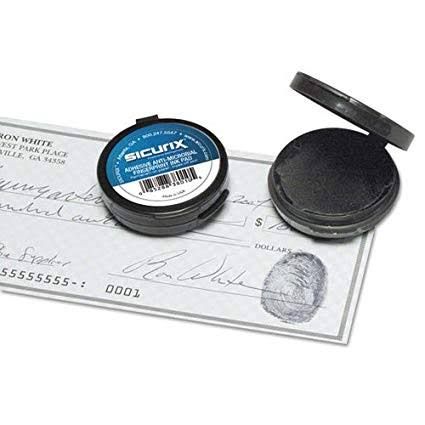Fingerprints
Jul 01, 2019 • 33 views
The Chief of Police stepped into the cold, dark room where the girl had been murdered. He looked around and his eyes were drawn towards a smudge of blood on the table. He examined it closely and smiled to himself. The faintest of fingerprints was visible in that smudge, which would lead him to the culprit.

How often have you looked at your fingers and wondered about those lines and curves swirling all over them? Your relatives may have a similar fingerprint pattern to yours, but no two people in the world have identical fingerprints, not even twins! You can outgrow the size of your clothes and shoes, but you cannot outgrow your fingerprints in your entire lifetime.
Whenever you touch any surface, whether you know it or not, you are leaving a fingerprint on it. They are transferred in one of the three ways -
You could have something on your hand, like paint or ink, that could leave a print when you touch a surface,
You could touch something soft, like melted wax or dust on a flat surface,
Your skin has a certain amount of oil on it which comes off the fingers when a surface is touched.
The world's first fingerprint bureau, the Calcutta Anthropometric Bureau, was established in India in 1897. The study of fingerprints is called Dactylography. There are three basic types:
Latent Print - Varies depending upon the type of surface or amount of pressure used. Most of the time, these are hard to identify and not very clear by nature.
Patent Print - Made by deposits of materials like ink, oil or blood. It is the most common type and clear by nature.
Plastic Print - A fingerprint left behind on materials that are capable of retaining an impression, like melted wax or grease.
There are three basic fingerprint patterns - the ARCH, the LOOP and the WHORL. Lifting of prints after a crime has taken place is the first activity undertaken by the police. In order to retrieve a fingerprint from a crime scene, there are different methods that they can use. The most common is the powder and tape method. Here the fingerprint is dusted with a variety of powders and then liftedon the tape and sent to a laboratory for identification. Other methods involve a lot of chemicals and elaborate procedures.

Apart from humans, many animals too have fingerprints which are just like human prints. In fact, koala bears have prints that are so similar to human prints that it is often impossible to tell the difference. It is the nose of cats and dogs which has ridges and hence, they are identified by their nose prints.
To this day, in India, many people who cannot sign use their thumb prints as their signature. Fingerprints today play an important role in identifying a criminal and authorities keep fingerprints in their data bank as references. But before the use of fingerprints was discovered, criminals in ancient civilizations were branded and marked to identify them;sometimes a thief would even lose the hand that he stole with!

